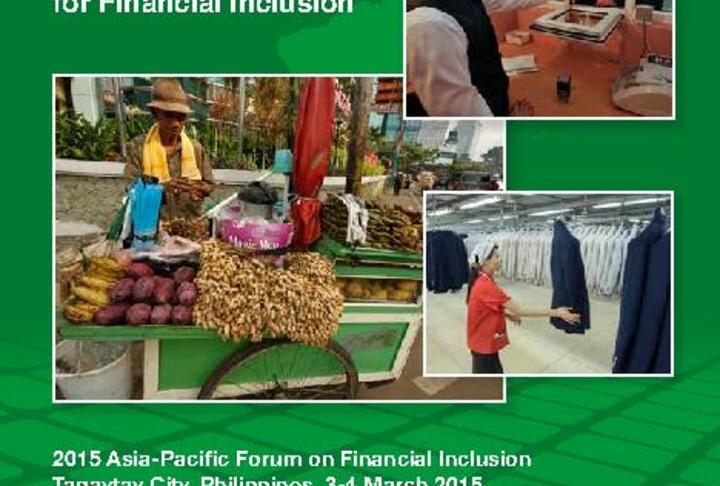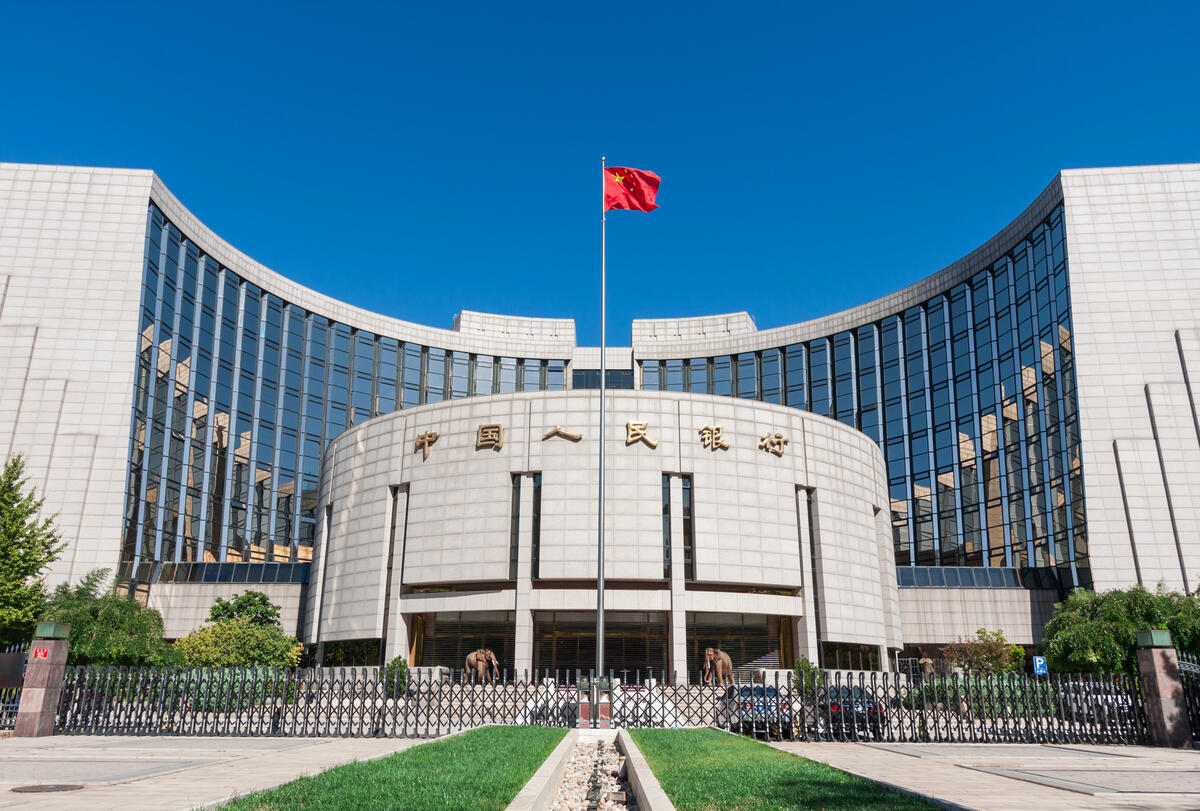The lending infrastructure plays a very important role in promoting inclusive financial systems. Where this is not well-developed, access to finance is constrained. Most affected are those who need finance but have neither the physical nor reputational collateral typically required to access loans. The experience of microfinance in many emerging markets demonstrates the effectiveness of extending credit to the excluded from an economic perspective. A number of commercial organizations across the APEC economies have also demonstrated success in well-managed lending programs to the poor and small enterprises. Operational costs involved in making large numbers of small transactions have been significantly reduced through new technologies, such as digital finance. However, the lack of tools for financial institutions to properly serve broad segments of the population, especially the urban and rural poor, minorities, women and young people, has resulted in still-high levels of financial exclusion.
A major contributor to the lack of financial access for low-income and vulnerable households and micro-small and medium enterprises (MSMEs) has been the inadequacy of legal, policy and regulatory frameworks in enabling the use of a wider range of physical and reputational collateral that they can use to obtain financial services. While governments will still need to play a major role, especially in caring for those in the lowest-income segments of the population, the private sector can contribute much more, given an enabling environment that can facilitate the effective use of risk management tools for financial institutions to expand services to these households and enterprises.









